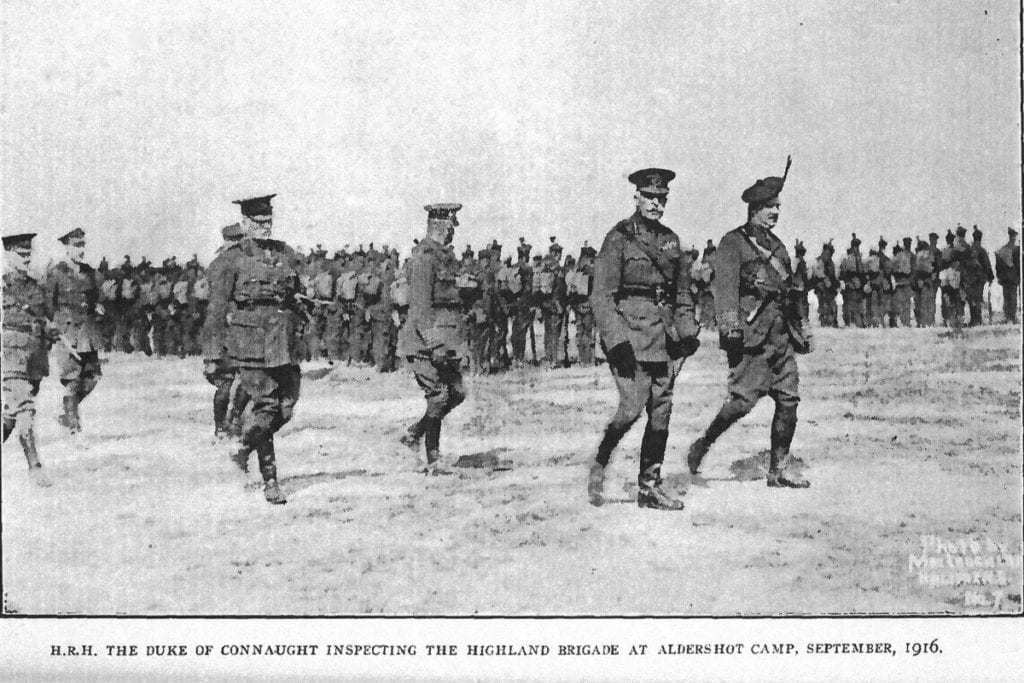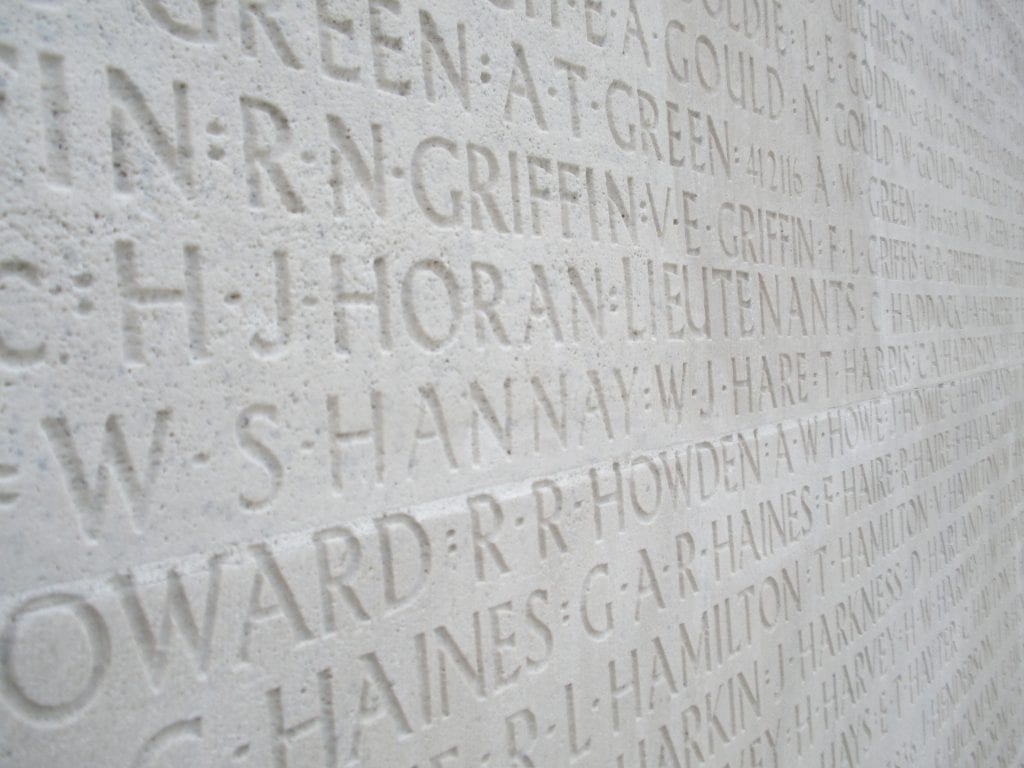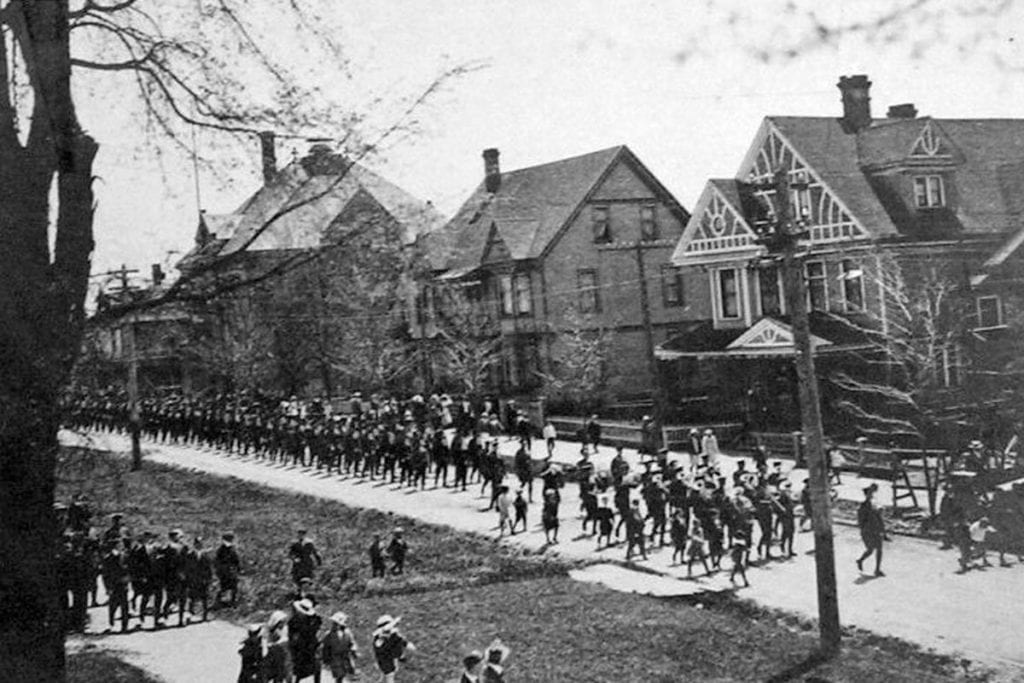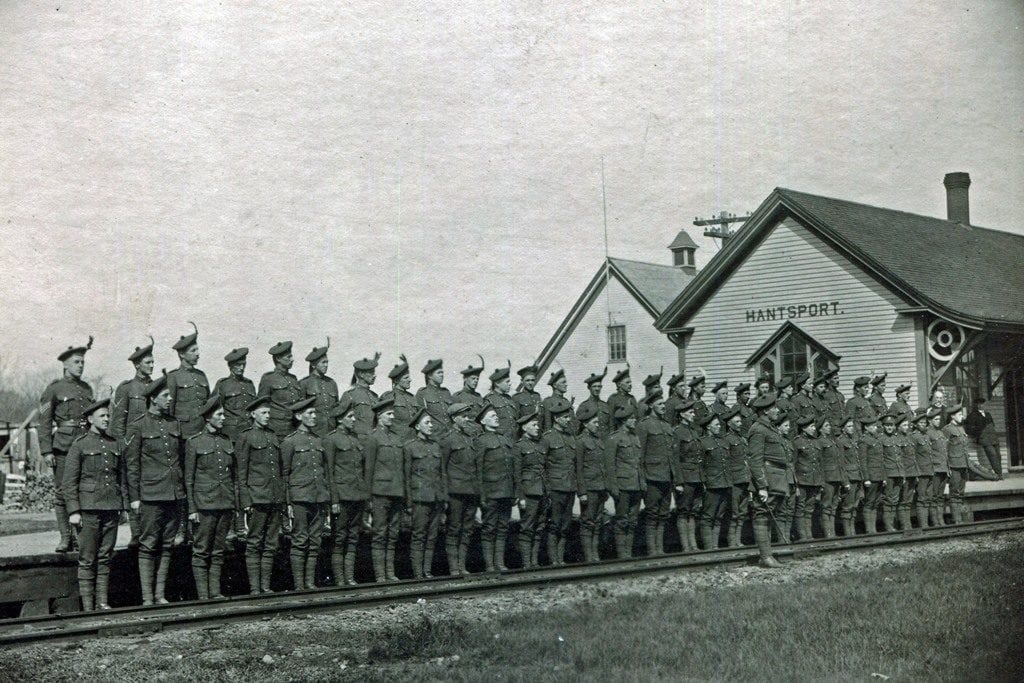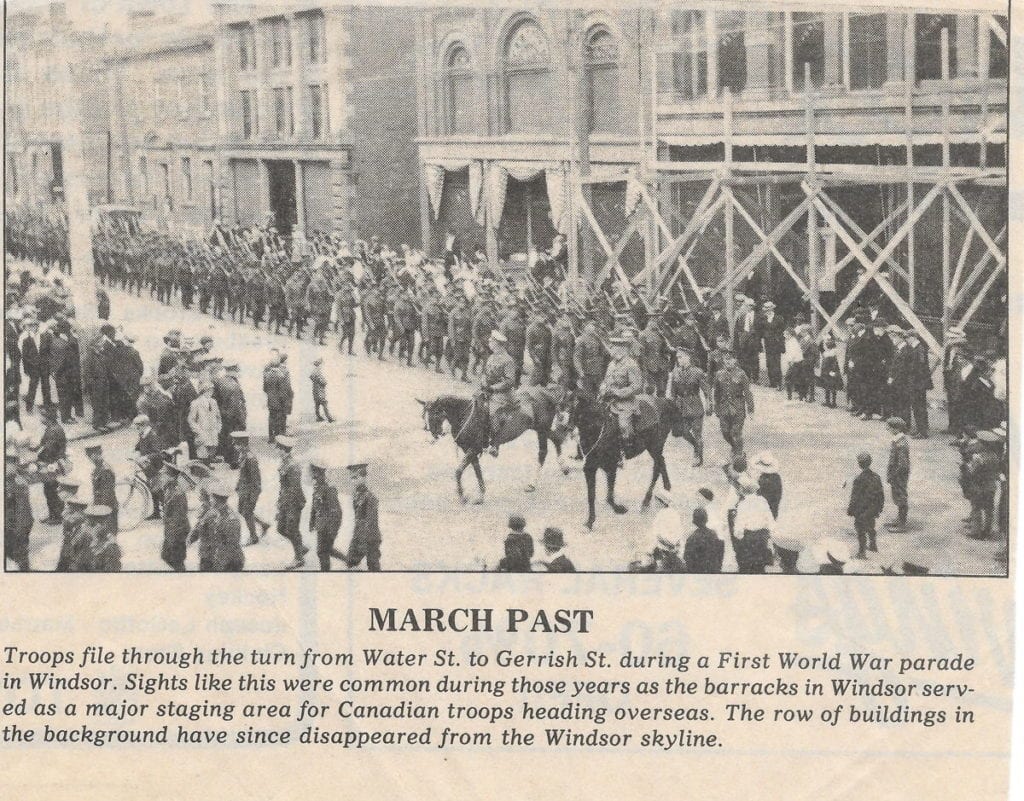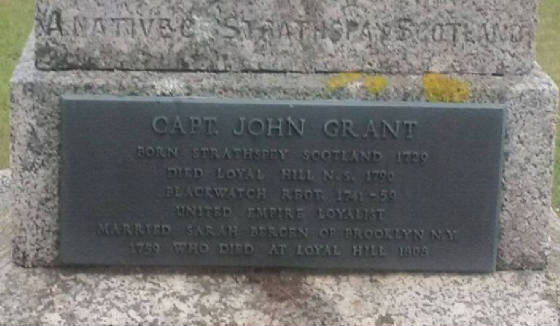World War I Project – November
With Remembrance Day occurring this month, we have a special video from Tim Reed to honour the 112th Regiment who were based in Windsor and spent many months training at Fort Edward before going overseas. The Flags of the 112th still hang in Christ Church in Windsor. They were honored at a special service in June 2016. Please enjoy watching this video and remember the men of our 112th Regiment.
World War I Project – November Read More »

